Just got home from a short trip that was so awesome I had to share:
Auburn, IN is home to the Auburn-Cord-Duesenberg museum. E.L. Cord bought the Auburn car company, and during his tenure bought Duesenberg and introduced the Cord line. Some of the most beautiful cars ever created, and I was surprised to learn there was an aviation connection. Cord also owned stakes in Lycoming and Stinson, so almost all the Cords and Auburns had Lycoming engines.
The airport is really nice and is growing having just expanded their runway. The FBO was awesome, with decent fuel prices and they have a couple cars they rent overnight, which makes it really easy. We spent 3 hours in the ACD museum, and another hour in the one behind that has a wide variety of cars, and a bunch of trucks including one of the GM "Futureliners". I suspect they'd let you take a crew car if you don't want to stay overnight, but there's some good restaurants and b&b's there too.
@Ted do you know of Lycoming ever gets requests to provide engineering support for the auto & marine engines they used to build?
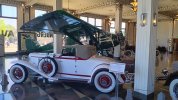
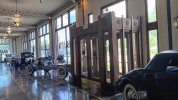
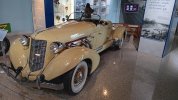
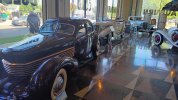
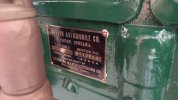
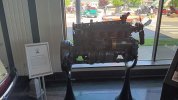
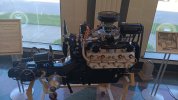
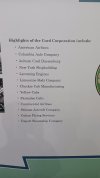
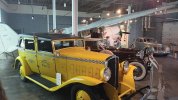
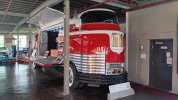
Auburn, IN is home to the Auburn-Cord-Duesenberg museum. E.L. Cord bought the Auburn car company, and during his tenure bought Duesenberg and introduced the Cord line. Some of the most beautiful cars ever created, and I was surprised to learn there was an aviation connection. Cord also owned stakes in Lycoming and Stinson, so almost all the Cords and Auburns had Lycoming engines.
The airport is really nice and is growing having just expanded their runway. The FBO was awesome, with decent fuel prices and they have a couple cars they rent overnight, which makes it really easy. We spent 3 hours in the ACD museum, and another hour in the one behind that has a wide variety of cars, and a bunch of trucks including one of the GM "Futureliners". I suspect they'd let you take a crew car if you don't want to stay overnight, but there's some good restaurants and b&b's there too.
@Ted do you know of Lycoming ever gets requests to provide engineering support for the auto & marine engines they used to build?










